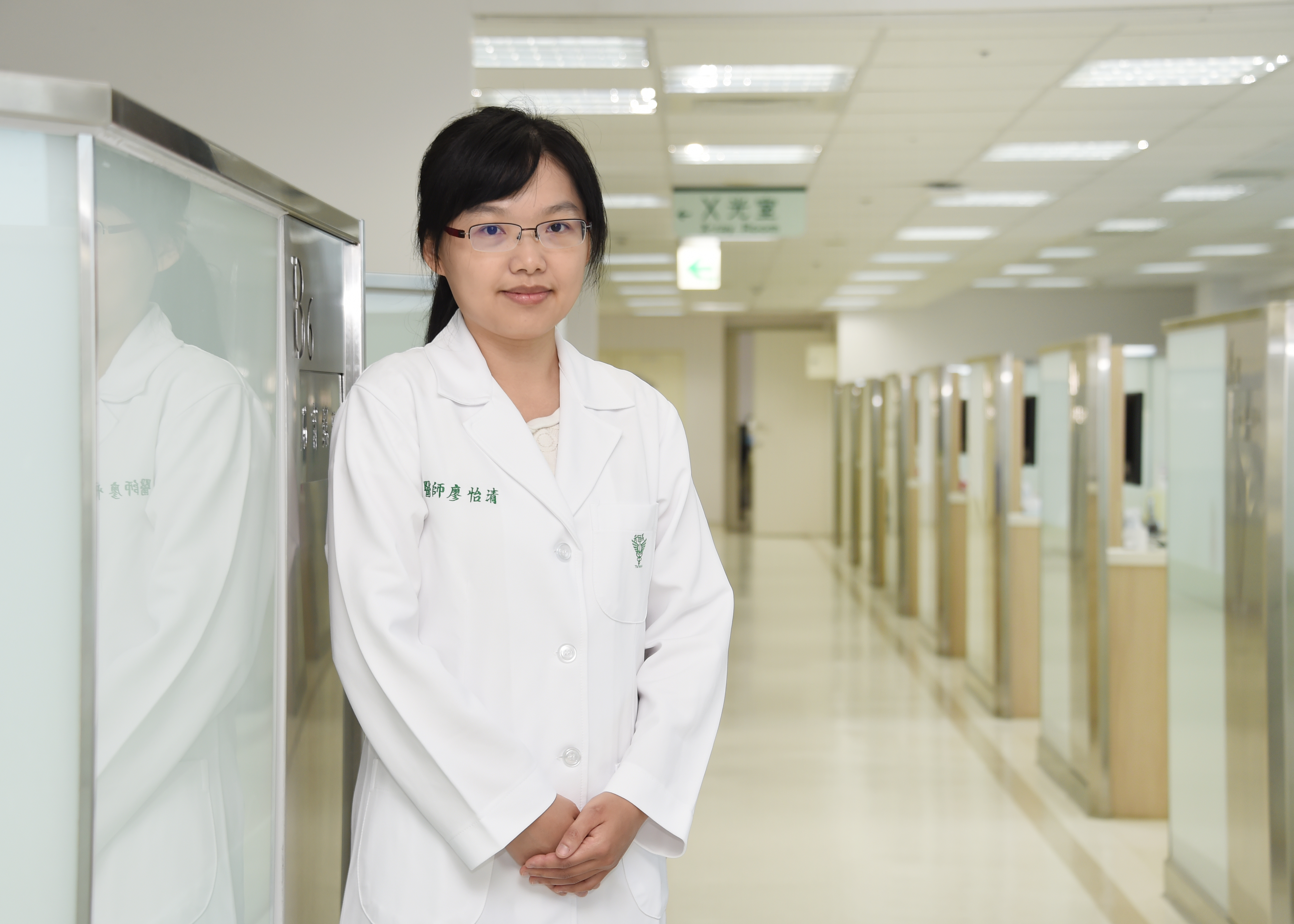Other
(PR013) Differential Abundant Taxa of Bacteria Community in Primary and Secondary Endodontic Infections
Thursday, April 3, 2025
1:00 PM - 4:00 PM EST

Kuan-Liang Chen, D.D.S., M.Sc.
Head of Endodontics
Tainan, Tainan, Taiwan (Republic of China)
I-CHING LIAO, D.D.S.
attending physician
Chi Mei medical center
Tainan, Tainan, Taiwan (Republic of China)
Presenter(s)
Co-Author(s)
Methods: Bacterial profiles were analyzed using next-generation sequencing based on the 16S V3-V4 hypervariable region. The reads were processed using the DADA2 method in Qiime2. Alpha and beta diversity were used to compare compositional complexity and taxonomic differences. The taxonomy assignment was based on the SILVA dataset. Differentially abundant taxa were determined using the linear discriminant analysis effect size (LEfSe) algorithm. Community-wide bacterial phenotypes were predicted using Bugbase.
Results: The study showed that root canal infections are polymicrobial, with ~250 species found in both the primary and secondary infection groups, though with great interindividual and intergroup variations in species number and abundance. The compositional complexity and taxonomic differences are higher in the secondary infection group than in the primary one. The bacterial communities in the two infection groups also show distinct profiles and phenotypes, with anaerobic, Gram-negative, and potentially pathogenic microbes dominating in the primary infection group. In contrast, facultatively anaerobic, Gram-positive microbes are more prevalent in the secondary infection group. Two and twelve marker genera were assigned for primary and secondary infection groups by LEfSe, respectively.
Conclusion: The bacterial profiles show great differences in species and abundance between primary and secondary endodontic infections, with the bacterial community being more diverse in the secondary group than in the primary one. Unculturable bacteria may also play a key role in both primary and secondary endodontic infections.
Results: The study showed that root canal infections are polymicrobial, with ~250 species found in both the primary and secondary infection groups, though with great interindividual and intergroup variations in species number and abundance. The compositional complexity and taxonomic differences are higher in the secondary infection group than in the primary one. The bacterial communities in the two infection groups also show distinct profiles and phenotypes, with anaerobic, Gram-negative, and potentially pathogenic microbes dominating in the primary infection group. In contrast, facultatively anaerobic, Gram-positive microbes are more prevalent in the secondary infection group. Two and twelve marker genera were assigned for primary and secondary infection groups by LEfSe, respectively.
Conclusion: The bacterial profiles show great differences in species and abundance between primary and secondary endodontic infections, with the bacterial community being more diverse in the secondary group than in the primary one. Unculturable bacteria may also play a key role in both primary and secondary endodontic infections.

.png)
.png)
.png)
.png)